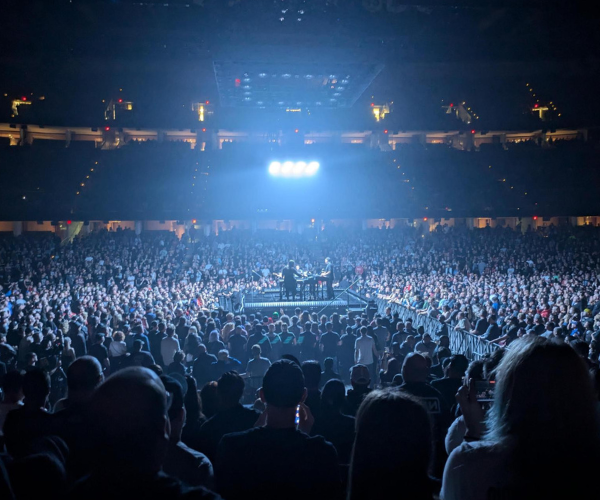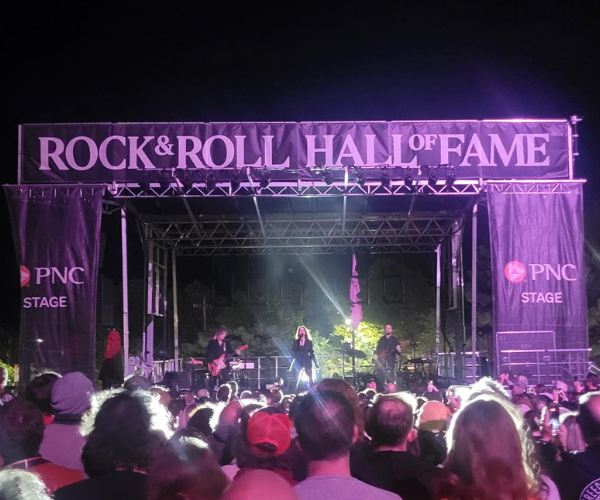History has recorded most of the ups and downs of baseball, but to actually see the "Green Light" letter, written by President Franklin D. Roosevelt to the baseball commissioner encouraging the continuation of the sport during World War II, says more than textbooks ever can. Even Jackie Robinson's Brooklyn Dodgers jersey (and be sure to read the hate mail the legendary player received) speaks volumes of the importance of baseball and diversity to the nation.
"It's a really important social message," says Linda Abraham-Silver, president and executive director of GLSC. "Baseball has been an equalizing factor." And this exhibition touches on it all, from the stories of the women who played during the war years to the evolution of the Negro Leagues.
There are also plenty of interactive pieces to satisfy science buffs. From displays on curveballs to the science of cheaters (think corked bats and spitballs), the science center is looking to entertain and teach.
"Baseball is science on the field," says Dante Centuori, GLSC's director of education and outreach. "The sport is just ripe with Newton's Law. Baseball has collisions, spinning things, things moving through air."
Even things as simple as mud can be made interesting with science. Every Major League team uses the same mud from the same New Jersey company (the location of the mudhole remains top secret) to rub down its baseballs. The science center got a hold of the sacred mud for an exhibit. "A brand new, white baseball does not go into play," Centuori says. "The umpires rub it with mud to take the sheen off."
Baseball as America will also be packed with Cleveland Indians memorabilia. GLSC wanted to include as many pieces from our home team as possible, so check out items ranging from the 1948 World Champions ring to Kenny Lofton's 1995 World Series spikes to Len Barker's perfect-game cap. "Cleveland was one of the original teams in the American League," Centuori says. "The face of baseball could be completely different today if Cleveland wasn't involved."



